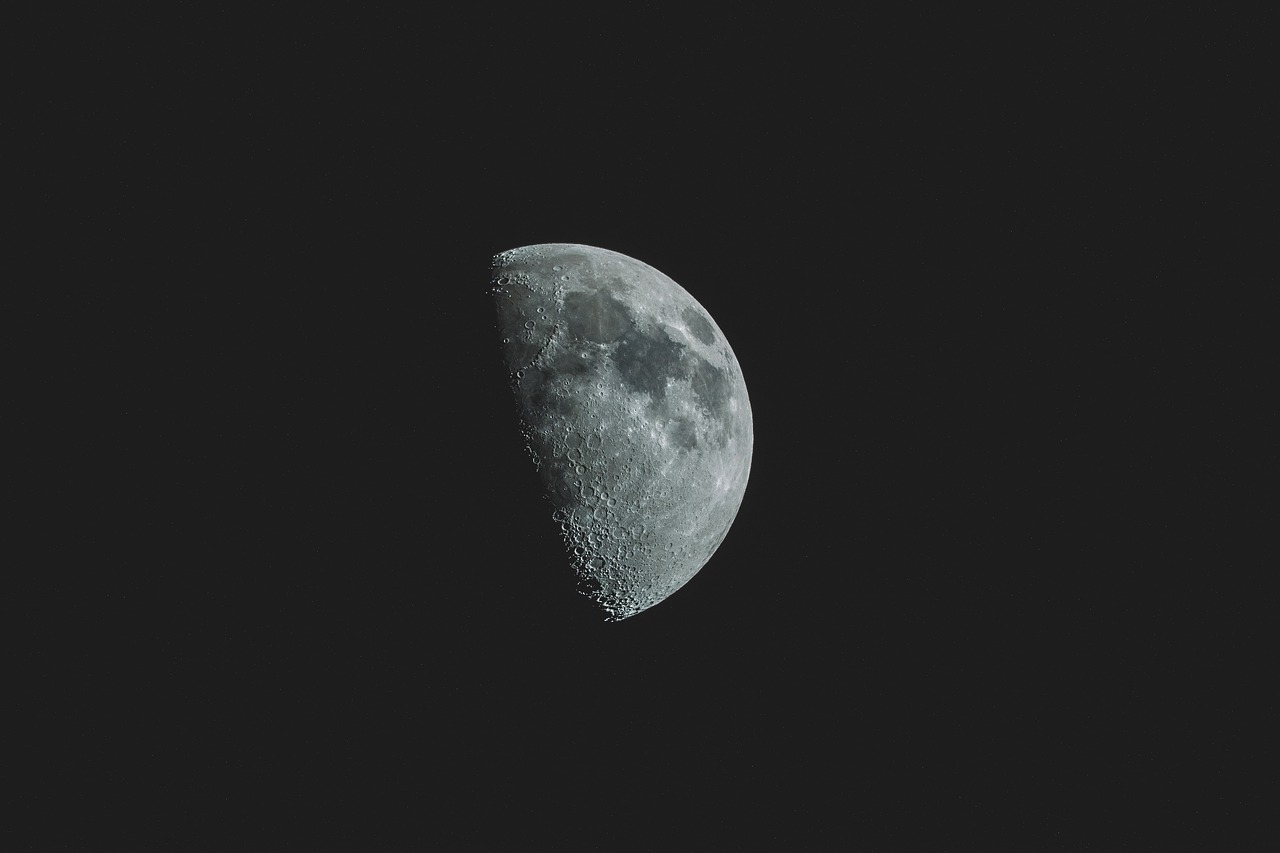Norse mythology presents a vast collection of stories hailing from the icy terrains of Scandinavia, teeming with powerful gods and enigmatic beings. Among the pantheon of deities, Máni, the god of the moon, stands out as a radiant figure, illuminating the night sky in the Norse mythological framework. His role transcends mere illumination, entwining with numerous legends that emphasize his importance.
Key Information about Máni
- Parents: Mundilfari
- Partners: Unknown
- Siblings: Sól, the sun goddess
- Offspring: None known
- Tribe: Aesir
- Old Norse Name: Máni
- Other Names: Waxer, Waner, Year-teller, and additional epithets
- Domain: The Moon
- Symbolic Animal: Horses that pull his chariot
Name and Etymology
The Old Norse word “Máni” translates to “moon,” aligning him directly with his celestial representation. In Norse traditions, names often encapsulate deeper meanings behind a deity’s essence or role. The Skaldskaparmál, chapter LV (55), introduces numerous kennings for the moon, including Waxer, Waner, Year-Teller, Mock-Sun, and others. Each term provides unique insights into the moon’s characteristics and cultural significance.
In an alternate text, Alvíssmál, the god Thor engages a dwarf named Alvíss, who lists various names for the moon across realms, such as “fiery one,” “the whirling wheel,” and other titles. This variety illustrates the moon’s universal relevance within Norse mythology.
Historical Roots
The term “Máni” links back to the Proto-Germanic mēnô, meaning “moon,” which is the progenitor of modern expressions like the English “moon” and the German “Mond.” It is fascinating how some terms associated with natural celestial bodies have remained constant over time, reflecting a deep connection across different cultures. In contemporary Norwegian, the term is “Måne,” which, while adopting a different character, retains a close resemblance.
Máni’s Origins
The narrative of Máni is embedded in the vast lore of Norse mythology, prominently discussed in sources like the Poetic Edda and Prose Edda, which were compiled in the 13th century. He is the child of Mundilfari and shares a profound bond with his sister, Sól. Together, they embody the equilibrium of day and night in the Norse cosmological framework.
In addition to his sister, Máni is depicted traveling with two figures, Hjúki and Bil. These companions are not his biological children but perhaps more symbolic representations of lunar aspects, adding complexity to his character.
Roles and Symbolism
Máni’s significance extends beyond being just a celestial figure. The moon served as a crucial chronometer for the Norse, facilitating the tracking of time, both in lunar months and years. In a world devoid of modern timekeeping methods, the moon’s phases were essential for navigating life’s seasons and activities.
His steady journey across the night sky provided predictability, making him a symbol of reliability and comfort amidst uncertainty. For the Norse, Máni was a guiding force, crucial for measuring time and directing life’s course.
Myths Surrounding Máni
Several tales delve into Máni’s origins, interactions, and fate, offering rich insights into his character.
The Birth of Máni and Sól
In Völuspá, a poem from the Poetic Edda, it recounts that the celestial bodies, including the sun (Sól) and the moon (Máni), initially did not know their rightful places in the cosmos. Mundilfari, enchanted by their beauty, named them after the sun and moon, which drew ire from the gods. Consequently, the siblings were assigned their celestial duties.
The Legend of Hjúki and Bil
The Gylfaginning, part of the Prose Edda, narrates a story where Máni captures Hjúki and Bil while they fetch water from a well. This act leads to their forever following him across the sky, likely symbolizing the moon’s waxing and waning phases.
Máni at Ragnarök
In the harrowing tales of Ragnarök, Máni’s destiny aligns with tragedy. As foretold in Grímnismál, he is pursued by the formidable wolf Sköll. The eventual consumption of Máni by this beast signifies his fate during the world’s end, encapsulating the cataclysmic events that unfold within Norse mythology.
Comparison with the Greek Moon Goddess Selene
Both Máni and Selene from Greek mythology preside over the moon, yet their narratives and portrayals differ notably. While Máni is depicted as a god, Selene is a goddess, illustrating distinct cultural perspectives on lunar figures. Despite their differences, both deities are traditionally shown guiding chariots through the night.
Mentions in Ancient Texts
The presence of Máni is well-documented in ancient literature, showcasing the reverence the Norse held for him.
- Poetic Edda
In Völuspá, the history of the universe is recounted, marking the moon’s initial ignorance of its power. - Vafþrúðnismál
Here, the origins of Sól and Máni are revealed, attributed to Mundilfari. - Grímnismál
The pursuit of Sól and Máni by wolves illustrates their roles within the cosmic order. -
Alvíssmál
This poem posits various names of the moon as understood by differing beings. -
Prose Edda
Accounts in Gylfaginning and Skáldskaparmál reinforce Máni’s pivotal role, naming him and detailing his journeys alongside Hjúki and Bil.
Common Questions
-
Who follows Máni across the sky?
Sköll, a fearsome wolf, chases Máni through the heavens. -
Are there other significant deities related to day and night?
Yes, Dagr (Day) and Nótt (Night) represent their respective cycles. -
Who initiated the moon’s movement?
Odin, the Allfather, is credited with setting the moon in motion. -
Is Máni part of the Aesir or Vanir tribe?
Máni belongs to the Aesir tribe of deities.
The intricate narratives surrounding the moon god Máni serve as a profound reminder of how celestial bodies are woven into the mythology and cultural consciousness of ancient societies.



